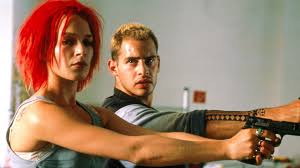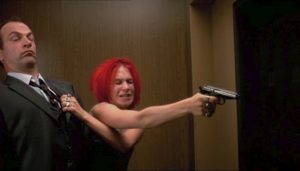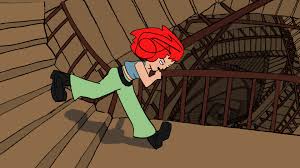Brumes d’automne (Autumn Mists) is another strong example of the artistic creativity that comes from “silent films” tasking to present a story or in this films case, ideas and thought processes. The usage of music is key as it helps bring out tone and direction that the film is working to express visually. Not to mention being made in 1928 during black and white filming also creates a sense of tone that may have been natural and fit in with other black and white film, but has since adopted its own unique sense of artistic expression different from how film is presented today.
An aspect of Brumes d’automne that I noticed early on is how the character expresses emotion very reservedly and most of the emotional impact is shown through her eyes. In moments of putting the papers into the fire, you can see small shivers that she has as the papers burn. Perhaps these papers hold or held value at one point and she has a desire to let go in order to move forward? Or possibly the papers were love notes from a old relationship that she feels pain remembering.
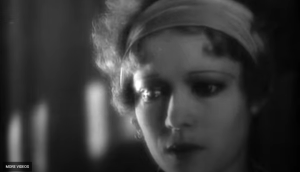
Another detail I noticed while watching was the use of focus to almost show the audience memory in how well she can and cant remember details based upon how clearly the imagery is, or perhaps the glossiness of her eyes indicate the tears, maybe the visuals are based upon how sad specific details may make her cry more. It shows its intention as non of the shots of the women are blurry and we have an assortment of very clear images that keep showing up (the tree branch over the water, the mud water tire marks, and shots of water dropping on what appears to be a lake.) meanwhile new additional pieces like the silhouette of the person, and specific locations can change its clarity like tears are forming or memory is failing.

The editing is unique but almost seems sporadic. As if someone is trying to tell a dream they had and in the time you try to make sense of what you just heard, even more information has come to process. The cuts between shows flow often through the relation of certain elements such as the fire burring then cutting to the smoke coming out the top and then having more shots be done outside. I get the feeling that she is thinking on the past or going through a mixture of emotions leading her overall expression to at times feel blank almost letting her eyes solely convey how she feels.
I believe that the montage work does work for the sense that is doesn’t have sound besides music and creates its sense of tone by almost having a rush of different imagery reflect on our minds racing thoughts on locations and feelings. Although as much as it evokes its purpose, the style doesn’t really evoke anything from me. The lack of an exact story doesn’t make me feel very invested in the woman or in the shots it is showing because of the imagery changing so quickly it seems like the film doesn’t care if I am “caught up” or not. It makes me just keep asking “why are there so many shots of water, ponds, rain, and even a beach?” leading me to create my own sense of story such as the woman having a love interest that she lost to the ocean and her sorrow is so strong she wants to rid of the pain by forgetting the memories of him while having regrets doing so.
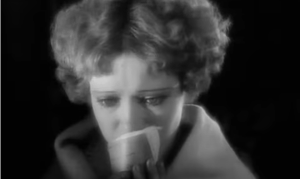
I can see the vision that Kirsanoff was going for and can see the benefit it holds towards a specific feeling to evoke with your audience. but because the film is so “long” (for what is being conveyed) it almost was leaving me confused as to if the points I was drawing from it were correct, like the movie was showing me more because I might have drawn an incorrect conclusion so it keeps showing more to potentially clear that up. But for me it kind of makes it seem like the movie is trying to hold my hand explaining it carefully and cautiously, but its in words I can’t fully understand. So visual queues and music work helps try to put my brain into the right mindset to possibly make my own connections to what the woman is feeling. Maybe I myself was losing my density and unity as a result being shown so much imagery and scenic shots working to evoke those feelings.
-Rylan Eisenhauer
